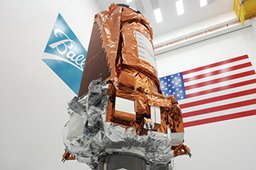
Exploring the Universe
Millions of Miles into Deep Space
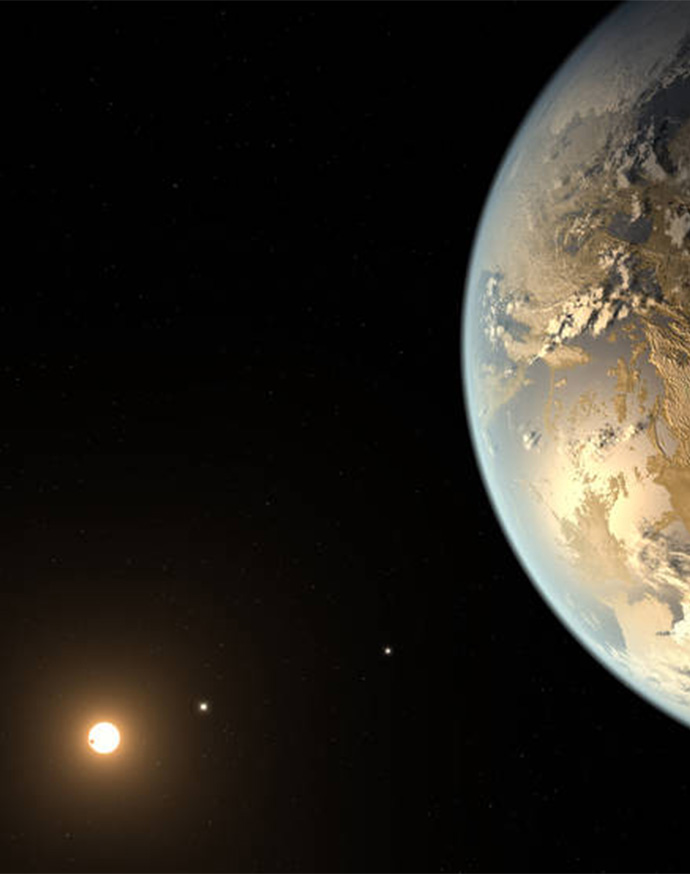
Searching for Earth’s Twin
Kepler/K2
Image Credit: Artist’s concept Kepler 186f. Credit: NASA
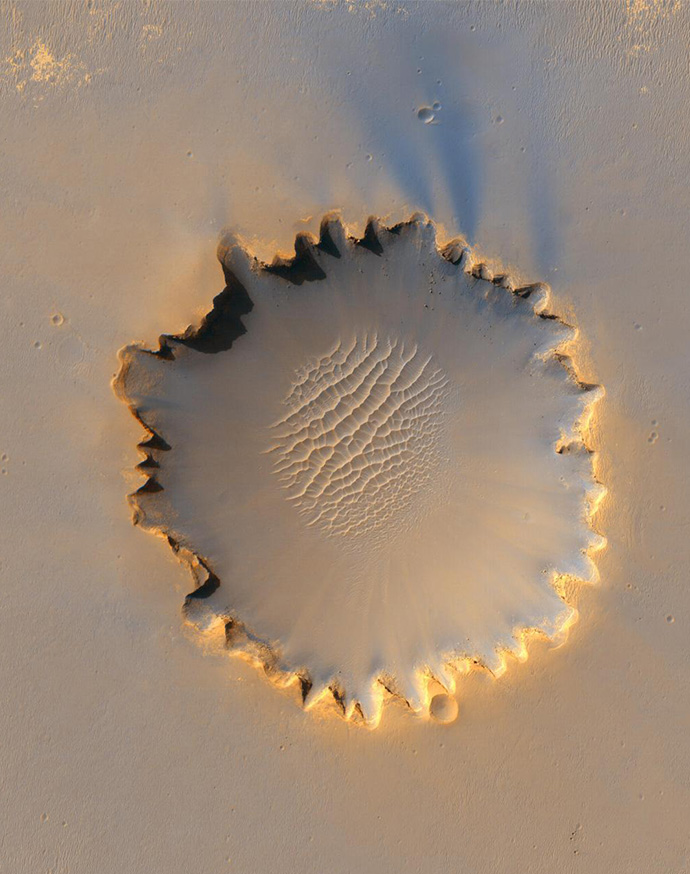
The Solar System and Beyond
HiRISE
Image Credit: Victoria Crater Mars. Credit: NASA, JPL, Univ. of Arizona, Ohio State Univ.

Revealing Pluto’s Mysteries
The Ralph Imager
Image Credit: Pluto’s blue haze atmosphere. Credit: NASA

Space Weather
Providing Solar Impacts to Human Activity
The Sun regularly releases massive amounts of radiation and charged particles through solar flares, coronal mass ejections (CMEs) and other high-energy emissions. Collectively referred to as space weather, these events can endanger astronauts in space, interfere with satellites and damage communications and power grid infrastructure, causing significant economic impact.
Ushering in a new generation of space weather observing satellites, the Space Weather Follow On-Lagrange 1 (SWFO-L1) mission is scheduled to launch in 2024 and facilitate early warnings for destructive space weather events. SWFO-L1 will collect solar wind data and coronal imagery to meet NOAA’s operational requirements to monitor and forecast solar storm activity.
Building on the success of our spacecraft buses designed for operational weather missions like NOAA-20 and Suomi NPP, Ball was selected to deliver and operate a high-performing small satellite for the SWFO-L1 mission in partnership with NASA’s Goddard Space Flight Center. The small satellite will host several instruments to measure and assess the space weather environment.
Image Credit: Ball/SOHO
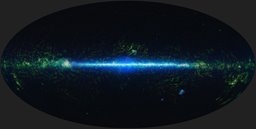
NEOWISE/WISE

New Horizons/Ralph
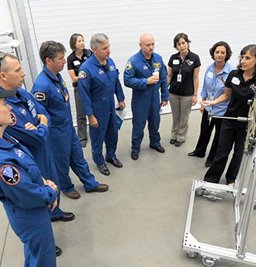
STORRM
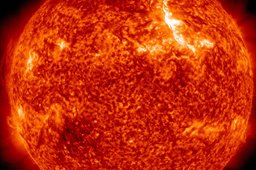

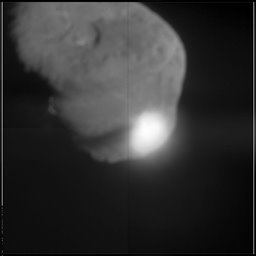
64c0.jpg?width=256)
